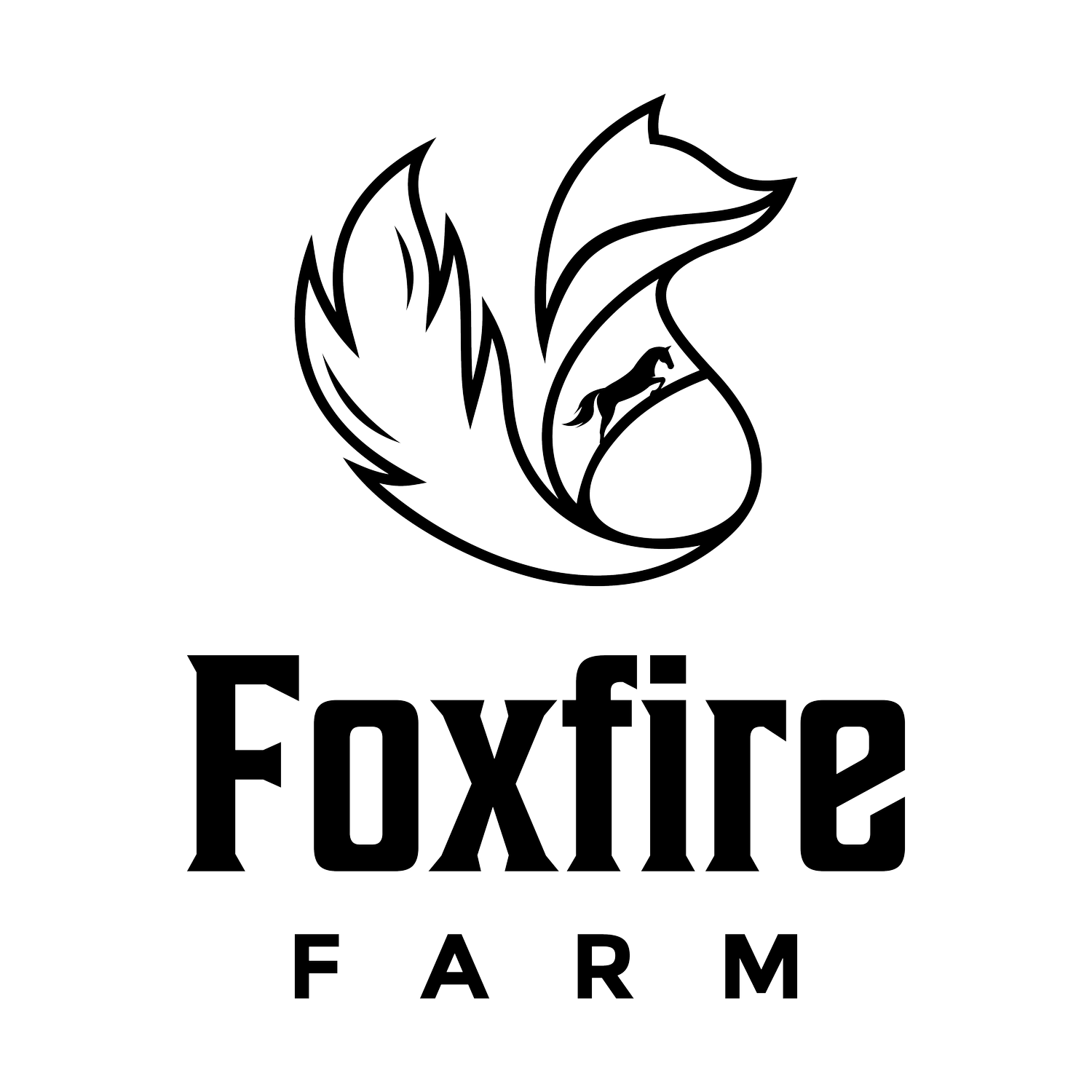Benefits of No Spray Farming Practices
In recent years, many farmers and consumers have turned their attention to sustainable and eco-friendly farming methods. Among these methods, no spray farming practices have gained significant traction. These techniques emphasize the use of natural processes to maintain soil health, control pests, and enhance biodiversity without relying on chemical sprays. Let's dive into the benefits of no spray farming practices and how they are reshaping our farms and our health for the better.
Understanding No Spray Farming
No spray farming is a method that avoids the use of synthetic chemicals for pest control and plant growth. Instead, it relies on natural pest control, crop or grazing rotation, and the integration of livestock to maintain a healthy ecosystem. This approach not only benefits the environment but also produces healthier, more nutritious food.
What Makes No Spray Farming Different?
Traditional farming often depends heavily on chemical fertilizers, pesticides, and herbicides to boost crop yields and manage weeds and pests. In contrast, no spray farming focuses on building soil health and using natural methods to manage pests and diseases. This approach can include practices like rotational mob grazing, multi-species stacking, cover cropping, crop rotation, and introducing beneficial insects that prey on harmful pests.
The Role of Livestock in No Spray Farming
One of the cornerstones of no spray farming is the integration of livestock. Animals like rotationally grazed horses, pastured chickens, pastured turkeys, pastured pigs, and pastured ducks play a vital role in maintaining soil fertility and controlling pests naturally.
Rotationally Grazed Horses
Rotational grazing involves moving horses (and other livestock) between different pastures to prevent overgrazing and promote healthy grass growth. This practice encourages a diverse plant ecosystem, which can naturally deter pests and improve soil health without the need for chemical inputs.
Pastured Pigs and Poultry
Pastured pigs and poultry, including pastured chickens and ducks, contribute to no spray farming by naturally tilling the soil and controlling pest populations. As they forage, these animals help aerate the soil, mix in organic matter, and consume insects, reducing the need for synthetic pesticides and herbicides.
Benefits of No Spray Farming
No spray farming offers numerous advantages for the environment, for consumer health, and for the farmers who adopt these practices.
Environmental Benefits
Biodiversity: By avoiding chemical sprays, no spray farming supports a diverse range of plant and animal life. This biodiversity is crucial for a resilient ecosystem that can withstand pests and diseases naturally.
Soil Health: Chemical-free practices enhance soil health, promoting better water retention, nutrient cycling, and overall fertility. Healthy soil is the foundation for productive farming and sustainable food systems.
Water Quality: Without the runoff of harmful chemicals into waterways, no spray farming protects local water resources, benefiting aquatic life and reducing pollution.
Economic Benefits
Cost Savings: By eliminating the need for expensive chemical inputs, farmers can significantly reduce their production costs. These savings can then be reinvested into other sustainable farming practices.
Market Demand: There is a growing demand for no-spray, organic, and naturally-produced food. No spray farming allows farmers to tap into this lucrative market, potentially increasing their profits and expanding their customer base.
Health Benefits
Nutrient-Rich Produce: Without synthetic chemicals, crops often contain higher levels of vitamins, minerals, and antioxidants, providing more nutritious options for consumers. The animals grazed on pastures that have not been sprayed with harmful chemicals are healthier, and the meat and eggs produced reflect this.
Safer Working Conditions: Farmers and farm workers are not exposed to harmful chemicals, reducing health risks and creating a safer working environment.
Real-Life Examples of No Spray Farming
Across the globe, farmers are successfully implementing no spray farming practices with impressive results.
Regenerative Farming
Regenerative farming is an approach that aligns closely with no spray practices. It focuses on rebuilding soil health, increasing biodiversity, and improving the water cycle. By using techniques like rotational mob grazing, multi-species stacking, cover cropping, composting, and agroforestry, regenerative farming enhances the natural ecosystem and produces high-quality food.
Pastured Eggs and Poultry
Pastured eggs and poultry are excellent examples of no spray farming. Chickens raised on pasture are free to roam and forage, consuming a natural diet that leads to healthier eggs and meat. This method also allows chickens to perform natural behaviors, contributing to animal welfare and sustainable farming.
No spray farming practices offer a sustainable and environmentally friendly alternative to conventional agriculture. By focusing on natural pest control, soil health, and biodiversity, these methods provide numerous benefits for farmers, consumers, and the planet. Supporting no spray farms can lead to healthier food, a healthier environment, and a more sustainable future for all.









